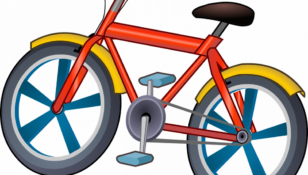Tour de France 4th Stage: Exploring the Thrilling Chapter of the Worlds Most Famous Cycling Race

Introduction:
The Tour de France is a prestigious cycling event that captivates the hearts of millions of sports enthusiasts around the globe. From its inception in 1903, this race has become an iconic symbol of endurance, strategy, and teamwork. In this article, we will delve into the details of the 4th stage of Tour de France, shedding light on its historical development and significance to the overall race.
Understanding the Importance of Tour de France 4th Stage:

The 4th stage of Tour de France holds a vital place in the race as it sets the tone for the challenging days ahead. This stage usually takes place in the stunning landscapes of France, showcasing both the riders’ skills and the beauty of the country. For sports and leisure enthusiasts, this stage offers a breathtaking spectacle filled with action-packed moments and strategic moves.
Historical Evolution of Tour de France 4th Stage:
Since the dawn of the Tour de France, the 4th stage has evolved significantly. Initially, it was primarily a sprinter’s stage, with flat terrains favoring those with explosive power and impressive speed. However, as the race advanced, organizers sought to introduce more challenges and diversify the stages.
In recent years, the 4th stage has witnessed a shift towards more hilly terrains. This change has forced riders to adapt their strategies, as they face demanding ascents and technical descents. With this alteration, the excitement and drama of the race increase, adding another layer of complexity to the already nerve-wracking competition.
Structuring the Text for Enhanced Visibility on Google:
To achieve a higher chance of being featured as a snippet on a Google search, the following structure is recommended:
Title : Tour de France 4th Stage: Conquering Challenges and Unleashing the Fury of the Peloton
I. Introduction
– Importance of Tour de France 4th Stage
– Expectations for Sports and Leisure Enthusiasts
II. Historical Evolution of Tour de France 4th Stage
– Early stages and their focus on sprints
– Shift towards challenging terrains
– Impact on riders’ strategies and race dynamics
III. The Thrilling Experience of Tour de France 4th Stage
– Description of the stage route and landscapes
– Key challenges faced by riders
– Spectacle and excitement for spectators
IV.
Conclusion:
The Tour de France 4th stage shines as a pivotal moment in the race, where riders face new challenges and push themselves to the limit. The historical evolution of this stage showcases the organizers’ efforts to keep the race dynamic and engaging for both participants and spectators. Whether you are a cycling enthusiast or simply enjoy the thrill of sports, this stage is bound to captivate your attention and leave you eagerly anticipating the next chapter of the Tour de France.

















